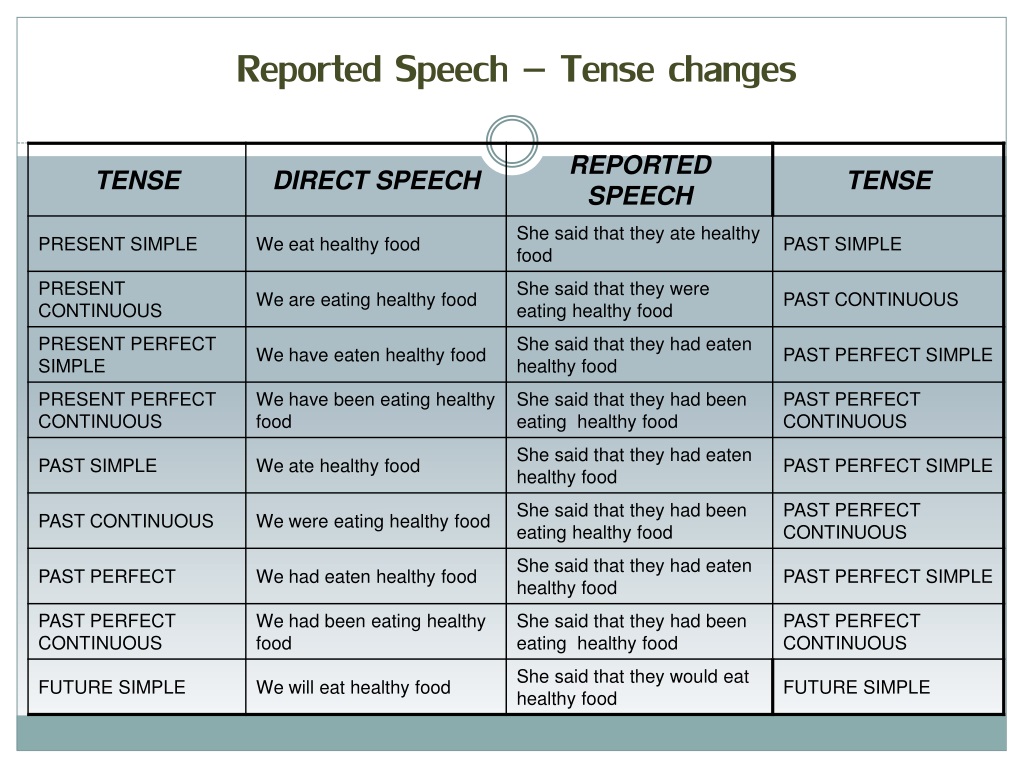how’s work – Traducción al español – ejemplos inglés
Premium
Historial
Favoritos
Publicidad
Descargar para Windows Es gratuito
Descargue nuestra app gratis
Publicidad
Publicidad
Sin anuncios
en la versión Premium
Su búsqueda puede llevar a ejemplos con expresiones vulgares.
Su búsqueda puede llevar a ejemplos con expresiones coloquiales.
Cómo va el trabajo
qué tal el trabajo
cómo es el trabajo
Cómo está el trabajo
Y el trabajo
Cómo anda el trabajo
Cómo va tu trabajo
qué tal va el trabajo
cómo estuvo el trabajo
esta el trabajo
How’s that? How’s work, at least?
¿Cómo va el trabajo, por lo menos?
How’s. .. How’s work and…
¿Cómo va el trabajo y…?
so every time I asked you “how’s work?” and you said “fine,” you were having your own private little joke on me?
¿Cada vez que te pregunté qué tal el trabajo, y dijiste que bien, disfrutabas tu chiste privado a mis expensas?
How’s work, by the way? ‘
Por cierto, ¿qué tal el trabajo?
Think how often you see a friend or an acquaintance that you may not have seen for a few weeks or months and the question comes up: How’s work going?
Piense cómo usted ve a menudo que un amigo o un conocido a que usted pudo no haber visto para algunas semanas o meses y la pregunta viene encima de: cómo es el trabajo que va?
So, how’s work, Jake?
¿Qué tal el trabajo, Jake?
How’s.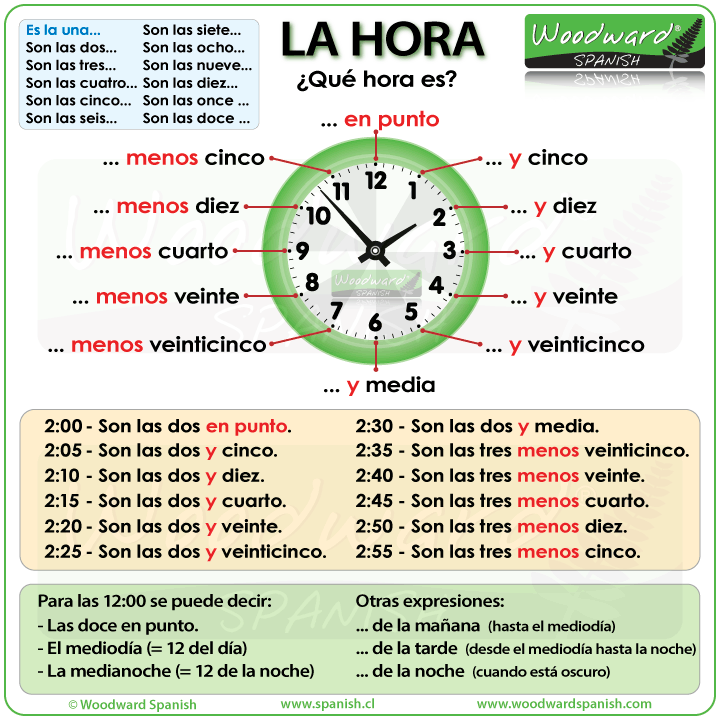
¿Cómo… cómo va el trabajo?
How’s work, he says.
Que qué tal el trabajo, pregunta
Gus, how’s work?
¿Qué tal el trabajo?
I thought I heard you come in. how’s work?
Pensé que le he oído pulg cómo llegar del trabajo?
All right, darling, how’s work going?
esta bien, cariño, ¿qué tal va el trabajo?
If we’re doing this mother-daughter thing, how’s work?
Si hacemos esta cosa madre-hija, ¿cómo va el trabajo?
I thought I heard you come in.
Te escuché entrar, ¿cómo estuvo el trabajo?
So, how’s work going on the cure?
Entonces, ¿cómo va el trabajo con la cura?
So tell me, how’s work?
Dime, ¿cómo va el trabajo?
Rebecca, how’s work going?
Rebecca, ¿cómo va el trabajo?
So, how’s work, then?
Y el trabajo, ¿qué tal?
So how’s work, then?
¿Qué tal va el trabajo?
So, son, how’s work?
Hijo, ¿cómo va el trabajo?
So how’s work for you?
Entonces, ¿cómo es el trabajo para ti?
Posible contenido inapropiado
Los ejemplos se utilizan solo para ayudarte a traducir la palabra o expresión en diversos contextos.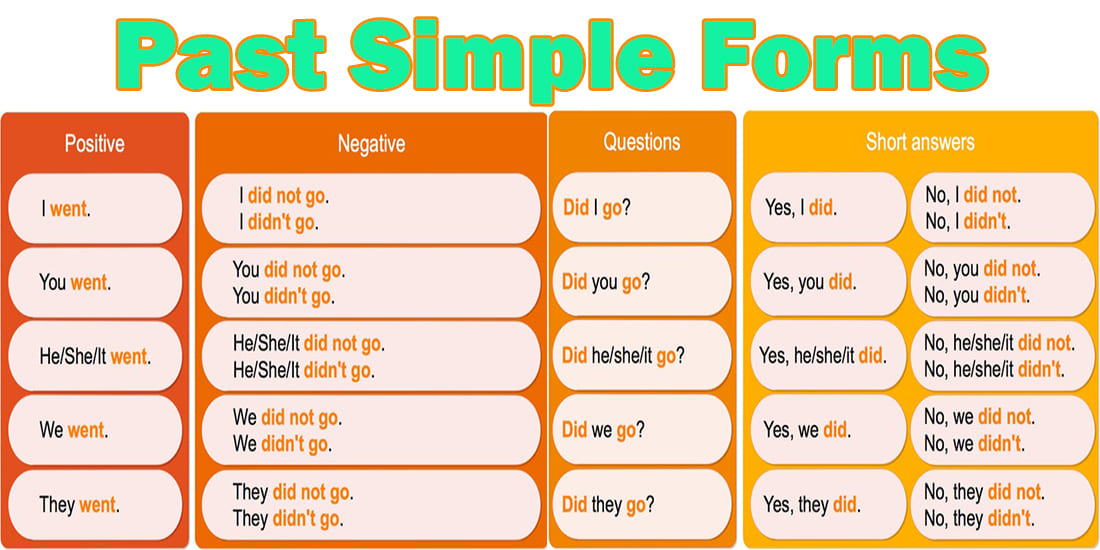
No se han encontrado resultados para esta acepción.
Más funciones en nuestra app gratuita
Traducción por voz e imagen, funciones offline, sinónimos, conjugación, juegos de aprendizaje
Resultados: 150. Exactos: 150. Tiempo de respuesta: 613 ms.
Documents
Soluciones corporativas
Conjugación
Sinónimos
Corrector
Ayuda y Acerca de
Palabras frecuentes: 1-300, 301-600, 601-900
Expresiones cortas frecuentes: 1-400, 401-800, 801-1200
Expresiones largas frecuentes: 1-400, 401-800, 801-1200
how’s%20work%3f in Spanish – English-Spanish Dictionary
So I’m not sure how rape is funny.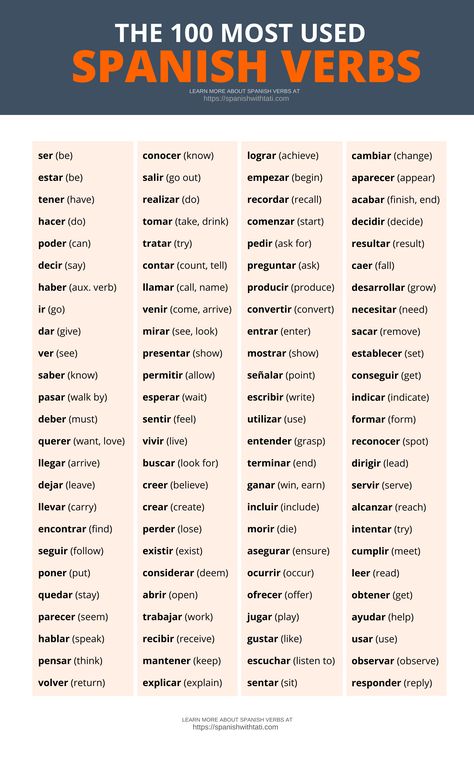
Entonces no le encuentro lo gracioso a una violación.
OpenSubtitles2018.v3
‘How can a champion swimmer drown?’
—¿Cómo se ahoga un campeón de natación?
Literature
Till then, how do I know what goes on inside.
Hasta entonces, qué sé yo de lo que ocurre dentro.
Literature
Not necessarily at a governmental level, but actually individuals- – how can we reach o with the hand of friendship?
No necesariamente a nivel gubernamental, sino como individuos, ¿cómo podemos acercarnos con la mano de la amistad?
OpenSubtitles2018.v3
Huy looked at him closely, unsure how to react, even what to think.
Huy le miró fijamente, sin saber cómo reaccionar ni qué pensar.
Literature
I don’t know how—” “Forget it, Stan.
No sé cómo… —Olvídalo, Stan.
Literature
How about looking up here so we can see your kisser?
Ojo al parche.
OpenSubtitles2018.v3
It provides a clean slate on which to re-write how we approach the needs of societies coming out of conflict
Nos ofrece un papel en blanco en el que podemos escribir de nuevo cómo abordar las necesidades de las sociedades que salen de un conflicto
MultiUn
You gotta know just how to go about it.
Lo que tienes que saber es cómo hacerlo.
Literature
The Captain brooded over the organization of the guard, but could not see how the net could be drawn tighter.
Reflexionó sobre la organización de la guardia, pero no veía cómo podía ajustarse más la red.
Literature
How stupid.
Qué estupidez.
OpenSubtitles2018.v3
As for the Rastafarians, they were regarded as a religious minority by the authorities since that was how they defined themselves.
Explica que las autoridades consideran a los rastafaris como una minoría religiosa porque es así como se definen ellos mismos.
She must really be feeling sick or why else would she make him wait when she knew how he felt about that?
Realmente debía estar sintiéndose enferma o ¿por qué si no iba a tardar tanto si sabía cómo se sentía acerca de eso?
Literature
How can I decide what I want to be when I grow up?
¿Cómo puedo decidir lo que seré de grande?
OpenSubtitles2018.v3
Yes, the accessories play a part, but I was referring to how I feel and act around you.’
Sí, los accesorios desempeñan su papel, pero me refería a lo que siento y a cómo me comporto en tu presencia.
Literature
Miss Juarez, how did your baby die?
Srta. Juarez, ¿cómo murió su bebe?
OpenSubtitles2018.v3
How can we prevent this kind of thing from ever happening again?
¿Cómo podemos impedir que jamás pase algo equiparable?
Europarl8
How do we know you’ re not going to clear out on us?
¿ Cómo sabemos que no vas a desaparecer?
opensubtitles2
carry out interim and ex post evaluations on all PTAs in order to assess the extent to which PTAs with a significant impact meet their policy objectives and how their performance can be improved in key sectors and including an estimate of revenue foregone;
Llevar a cabo evaluaciones intermedias y a posteriori para determinar el grado en que los acuerdos comerciales preferenciales que tengan un impacto significativo cumplen sus objetivos políticos y el modo en que pueden mejorar sus resultados en sectores económicos clave, incluyendo una estimación de los ingresos no percibidos;
EurLex-2
How did they know how big they were supposed to get, when to stop?
¿Cómo sabían cuál era, cuándo debían detenerse?
Literature
There was one thing that she couldn’t change, and that’s how much she hated you.
Hubo una cosa que no pudo cambiar, y fue lo mucho que te odiaba.
OpenSubtitles2018.v3
How old is she?
Qué edad tiene ella?
OpenSubtitles2018.v3
And especially interesting, is the following map of tweets that illustrates how the protests spread over time (watch in HD and fullscreen to get the full experience):
Y especialmente interesante es el siguiente mapa de Tweets ilustrando cómo las protestas se divulgaron en el tiempo (vea en HD y pantalla completa para la experiencia completa):
gv2019
‘I didn’t know how to say even half of what I had in my head.’
No supe decir ni la mitad de lo que tenía en la cabeza.
Literature
We both know how stubborn Jack can be, but as I told you once before, he does come around in the end.”
Las dos sabemos lo cabezota que es, pero como ya te dije en una ocasión, al final acaba cediendo.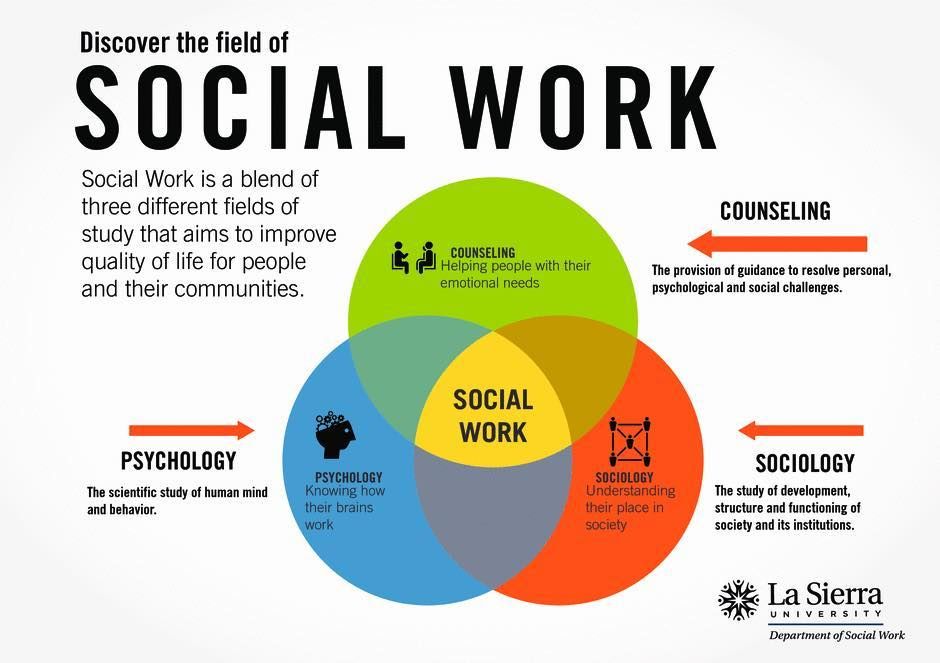
Literature
Trabajo – Jobs – Learn Spanish
Trabajo – Work
- Details
- Category: Topic Dictionary
esp/rus Russian-Spanish Dictionary
Voiced elementary-level texts will help you expand your vocabulary.
| Español | Russian |
| trabajo m. | work |
| trabajar vt. | work |
| oficina f. | office |
| empresa f. | firm |
| departamento m. | department |
| jefe m. | chief |
| empleado m. | employee |
| socio m. | business partner |
| compañero m. | colleague |
| sueldo m. | salary |
reunión f.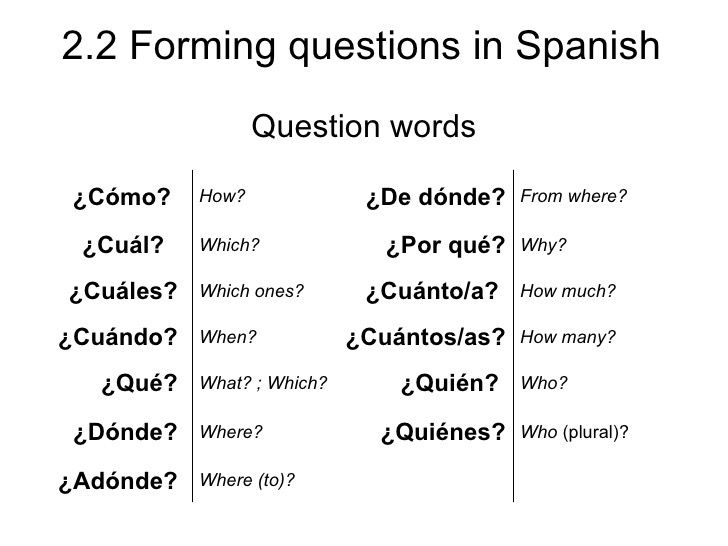 |
meeting |
| negocios m., pl. | business |
| cita f. | meeting |
| professional f. | profession |
| vendor m. | seller |
| dependiente m. | sales assistant |
| cocinero m. | cook |
| camarero m. | waiter |
| peluquero m. | barber |
| bombero m. | fireman |
| policia m. | policeman |
| maestro m. | teacher at school |
| professor m. | teacher at university |
| medical m. | doctor |
| traductor m. | translator |
| interprete m. | interpreter |
| bombero m. | fireman |
policia m.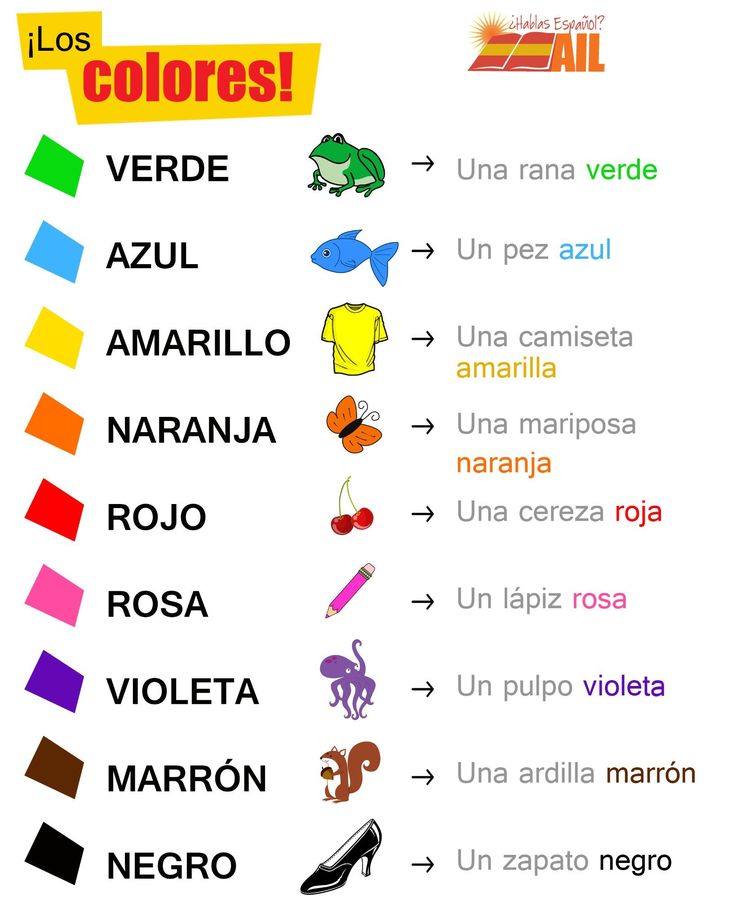 |
policeman |
| maestro m. | teacher at school |
| professor m. | teacher at university |
| medical m. | doctor |
| traductor m. | translator |
| interprete m. | interpreter |
| secretario m. | secretary |
| ingeniero m. | engineer |
| constructor m. | builder |
| arquitecto m. | architect |
| jurista m. | lawyer |
| abogado m. | lawyer |
| cartero m. | postman |
| piloto m. | pilot |
| músico m. | musician |
| actor m. | actor |
| cantante m. | singer |
| pintor m. | artist |
periodista m.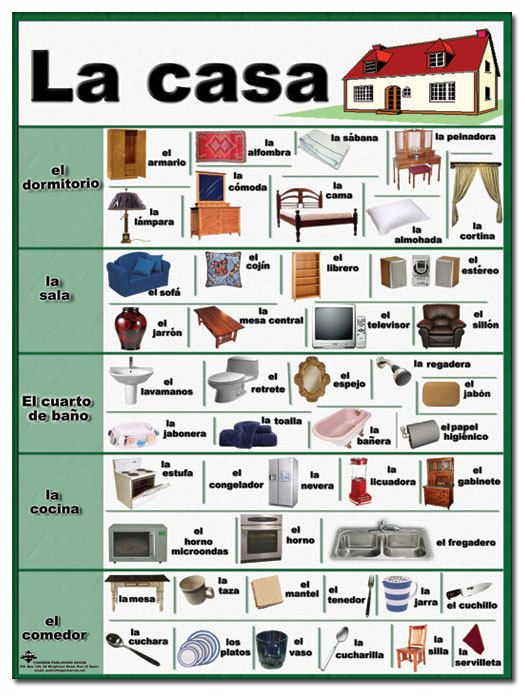 |
journalist |
Spanish verb courseOver 950 exercises covering all tenses and features of Spanish verbs. The exercises contain only current vocabulary , without using quotes from the classics of Spanish literature. All exercises are interactive , answers are checked automatically immediately after submission. |
Course “DELE B1 from the first time with entre-amigos.ru”Month of intensive preparation for DELE B1. The main focus is on understanding the format of the exam and the ability to allocate time. You will learn what is expected of you on the exam and work through the tasks from the exam several times. An interview with a native examiner is your real chance to rehearse the oral part. |
Course “DELE B2 from the first time with entre-amigos.
Month of intensive preparation for DELE B2. High efficiency is achieved by pumping several skills at the same time. You will learn what is expected of you on the exam and work through the tasks from the exam several times. An interview with a native examiner is your real chance to rehearse the oral part. |
Spanish course “Extra”A unique set of exercises and tasks based on the series Extra will help you learn Spanish while having fun . You will memorize the words and learn how to use them in different situations. |
|
How to remember more? Very simple – practice. We have prepared a huge database of texts, audios and videos with exercises and discussion questions. By working with them, you will expand your active vocabulary in a short time. Subscribe to course “Spanish texts from scratch” |
Video course “Polyglot” (author’s method of express learning by Dmitry Petrov) >>
User agreement | Privacy Policy
All rights to any materials published on the site are protected in accordance with Russian and international legislation on copyright and related rights.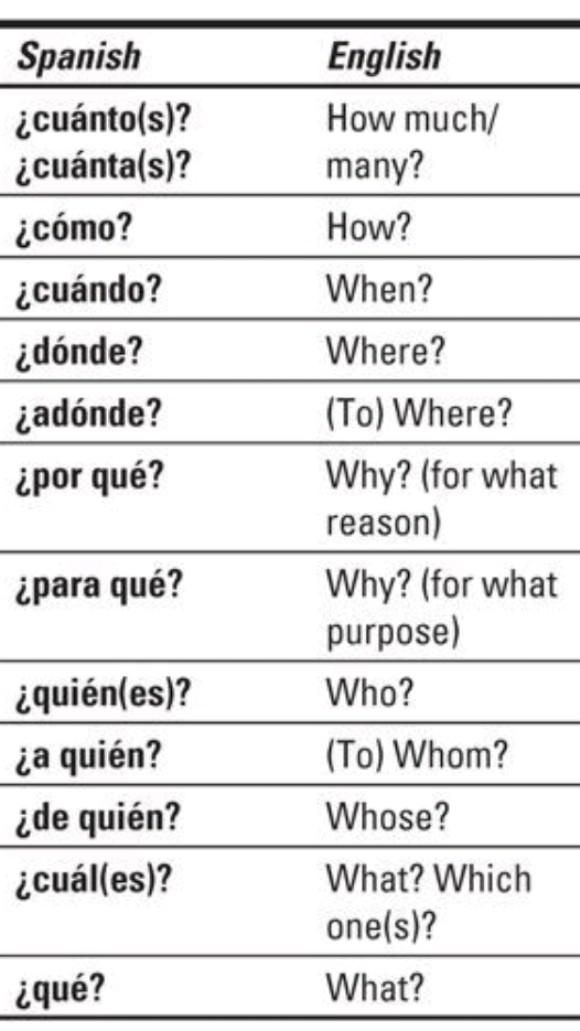
what forms of Spanish verbs are. Let’s learn Spanish together. Rules and table.
Spanish grammar is considered one of the simplest and most logical, and in general, the same is said about the language itself. To deal with it, you just need to understand the logic and remember a few important rules. To speak Spanish, one must, in particular, master the scheme of tenses. Experienced teachers of Capital School Center will be happy to help you with this!
Past, present and future
Let’s start with the fact that there are three moods: Modo Indicativo (indicative), Modo Subjuntivo (subjunctive) and Modo Imperativo (imperative). The first two exist in almost all times. The Spaniards consider Modo Subjuntivo obsolete and even look askance at those who screw it into their language.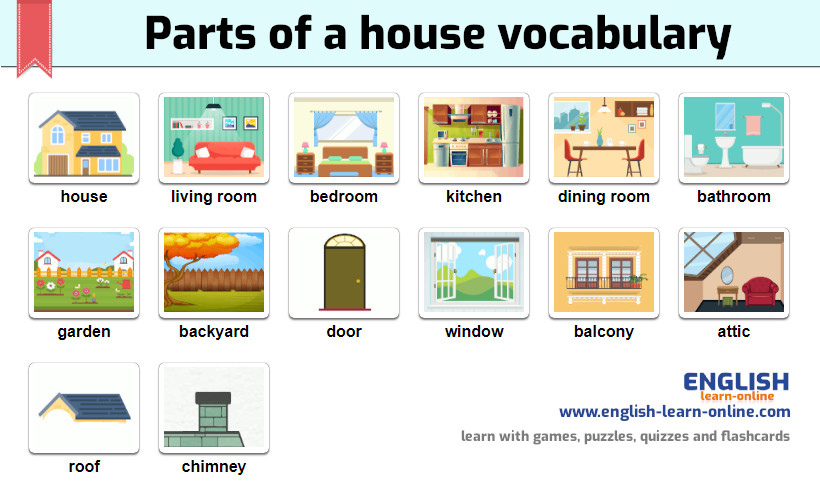
This language, like any other, has three tenses: present, past and future. All verbs belong to one of three conjugations, they can be determined by the ending: -ar, -er or -ir. How it will conjugate in a given time largely depends on this.
Another general point to be mentioned is irregular verbs. In general, there are fewer of them in Spanish than, for example, in English, and many of them are still conjugated according to the same rule.
Let’s start getting acquainted with tenses from the indicative mood, more commonly used.
Modo Indicativo – Present
There is only one present. It is formed very simply: the endings -ar, -er, -ir are discarded and the personal endings of the present tense are added. You can see them in the table below.
Examples for this time:
Yo hablo con mi abuela – I am talking to my grandmother
Mi perro juega com tu gato – My dog plays with your cat
Pay special attention to irregular verbs.
Quiero dormir – I want to sleep
Others change completely, for example, the very popular verb ser (to be):
Yo soy tu madre – I am your mother
Modo Indicativo – Past tense
There are several past tenses, and the most used are Preterito Perfecto, Preterito Imperfecto and Preterito Idnefinido. Before dealing with their construction, it is necessary to firmly understand the difference between these times.
Preterito Perfecto is sometimes compared to the English Present Perfect tense. It is necessary in those cases when we are talking about events that happened in the past and have a connection with the present very result of the action. If this result is not present, then we use Spanish Preterito Indefinido tense. Some teachers say that this tense is similar to the past tense for perfective verbs in Russian. Finally, the tense Preterito Imperfecto is used to express ongoing or regular actions in the past.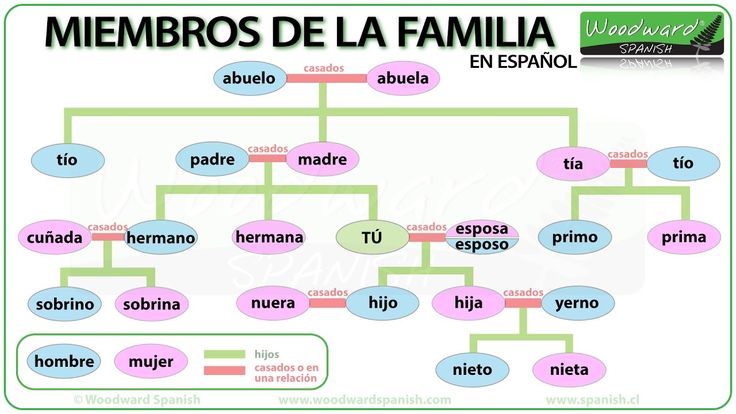
Now consider each of the times separately and try to remember how they are built.
Preterito Perfecto
The markers esta semana (this week), ya (already), este mes (this month) and others help to distinguish this time. For education, you need to take the auxiliary verb haber and conjugate it in the present tense. The participle is responsible for the semantic part.
Let’s give examples of this time:
Maria ha comido en café y por eso no quiera almorzar con nosotros – Maria ate in a cafe and therefore does not want to dine with us
Preterito Indefinido
The markers of this time are: ayer (yesterday), la semana pasada (last week), hace dos dias (two days ago) and others. To form this time, you just need to add the endings indicated below to the infinitive.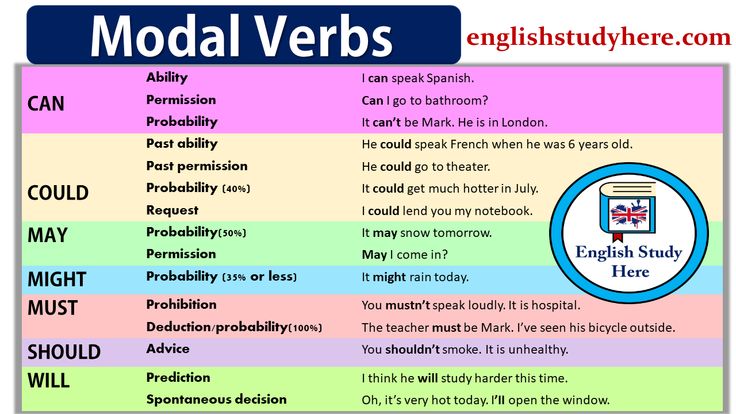
La semana pasada mis padres estuvieron in Paris – My parents were in Paris last week
Preterito Imperfecto
As time markers, those words and expressions are used that indicate the regularity of the action, for example, todos los dias (every day) or regularmente (regularly). To form this time, you also need to add personal endings to the infinitive.
Pedro estudiaba en lo midmo Universidad como Pablo – Pedro studied at the same university as Pablo
Mis padres vivian en Paris – My parents lived in Paris
Modo Indicativo – Future tense
There are two future tenses: Futuro Simple and Futuro Perfecto. Simple is for repeating actions, and Perfecto for those that will end in the future before others begin.
Futuro Proximo time is also singled out separately. It is used when talking about the near future. It can be translated into Russian as “I intend / am going to do something.”
Futuro Simple
Time is formed by adding endings to the infinitive.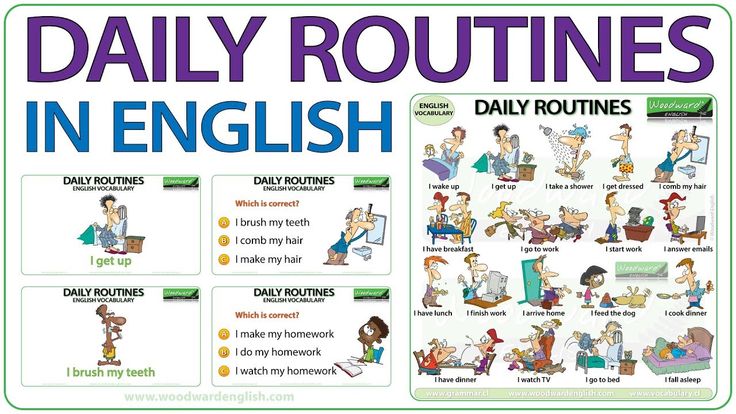
Hablare con Pedro la semana que viene – I will talk to Pedro next week
Futuro Perfecto
Formed with the verb haber in Futuro Simple tense and past participle.
Examples:
Habre hablado con Pedro para las tres – I’ll talk to Pedro before three
Futuro Proximo
This time is considered one of the simplest and most understandable in Spanish. It is formed with the help of the verb ir, which in this case does not have its main meaning (“to walk”) and is auxiliary. The infinitive of the semantic verb and the preposition a are added to it. Note that ir still needs to be conjugated in the present tense.
Examples:
Vamos a cenar – We are going to have dinner
Voy a pasar con mi perro – I’m going to go for a walk with the dog.
If you think you’ve already mastered the tenses in Modo Indicativo, it’s time to complicate the task and move on to learning another mood in Spanish – Modo Subjuntivo.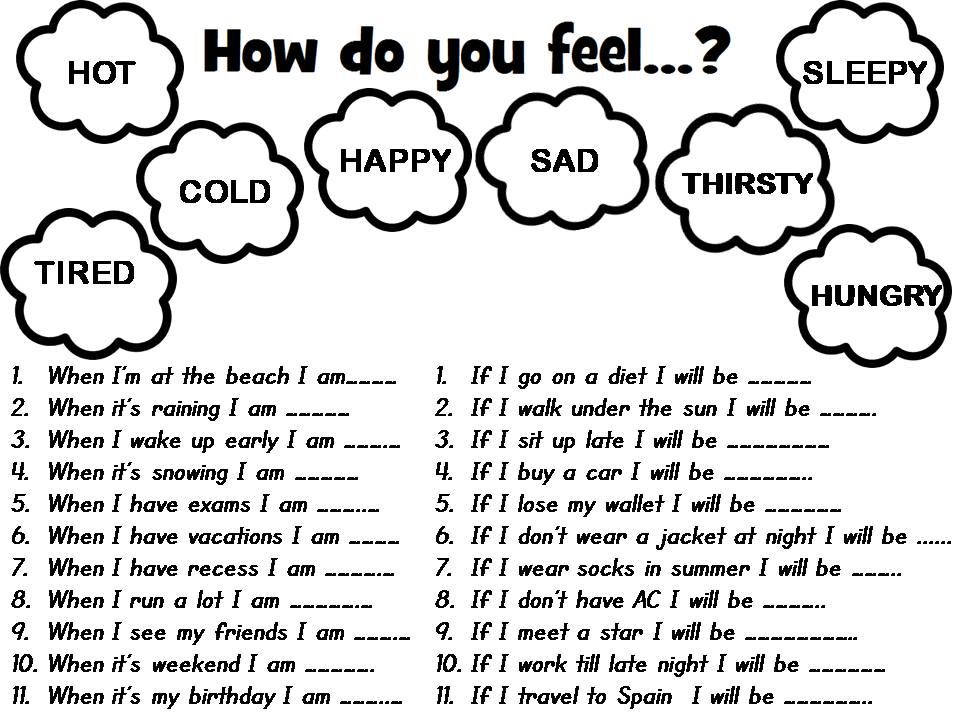
What is the Spanish subjunctive?
Modo Subjuntivo is used to show the speaker’s attitude towards action, as well as his uncertainty or doubt. As a rule, this mood is used in complex sentences and only in the part that expresses uncertainty. In the main part, Modo Indicativo is used, which we discussed above. This mood is used in six tenses, but two of them can only be found in specialized legal and judicial literature. So they are studied only by those students who need deep knowledge of the Spanish language. All others are limited to four tenses: the present Presente, the past Perfecto and Imperfecto, and the past Pluscuamperfecto. Below we will look at how each of these Spanish tenses is constructed.
Presente de Subjuntivo
Verbs in this present tense form forms depending on the conjugations, and it should be noted that those that end in -er and -ir have the same endings when conjugated.
In the second person plural in all conjugations, the ending becomes stressed.
It is also important to remember that Spanish has its exceptions and so-called individual conjugations. Such words do not have general rules for conjugation, so their forms will have to be memorized. The first group can include ser, estar, ir, haber, ver, dar and saber.
In the second group, you can add words in which, by adding the letter g, the root changes during conjugation (decir – diga, tener – tenga and others).
As already mentioned, the subjunctive mood is most often used in subordinate clauses. In the case of the present tense, the main part can be in Presente, Preterito Perfecto, all tenses Futuro, Modo Imperativo and in the form of Estar + Gerundio. If you see them in the main part, then you can safely put the subordinate clause in the Presente de Subjuntivo.
So this tense is used to express:
– Order, prohibition, request, permission, joy, regret:
Me allegro que tu madre este bien – I am glad that your mother is doing well
Maria quiera que Pablo coma con nosotras – Maria wants Pablo to eat with us
– Negative sentences about possible events of the present or future:
Maria no quiera que Pablo coma con nosotoras – Maria doesn’t want Pablo to eat with us
No pienso que Pedro tenga tiempo para esto – I don’t think Pedro has time for this
– Doubt, uncertainty, probability in the future (when the main part is an impersonal turnover):
Es necesario que acabes tu trabajo hoy – It is necessary that you finish your work today
Es bueno que Maria venga a tu fiesta – It’s good that Maria will come to your party
These are just the basic conditions for using Presente de Subjuntivo time, in fact there are many more.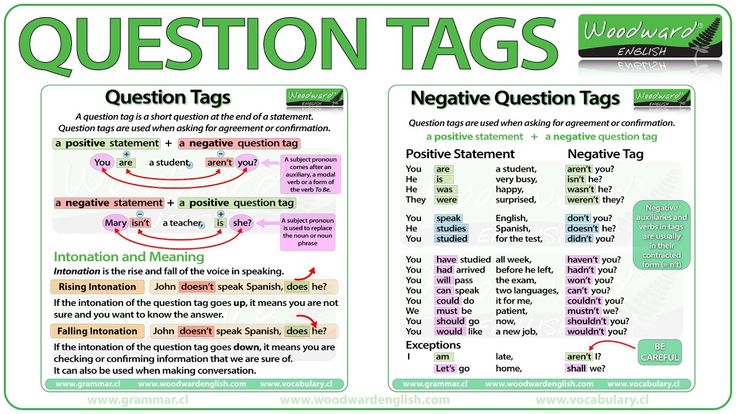
Preterito Perfecto de Subjuntivo
This past perfect is used when talking about actions that ended in the past but are related to the present, or about actions that will end before a specific future moment. For its formation, a haber is needed in the form of Presente de Subjuntivo and Participio. To form participio, add the endings ado or ido. The conjugation of haber is presented below.
You can determine this time from the time of the main part. It will be Presente, Preterito Perfecto, all variants of Futuro or Imperativo. At the same time, Preterito Perfecto de Sunbjuntivo is used in two cases:
– to express actions that precede the action of the main clause:
Es possible que Maria haya terminado este trabajo – It is possible that Maria has completed this work
Mi madre no cree que yo haya llamado a Pedro – My mother does not believe that I called Pedro
– to express actions that must end before the main sentence begins:
Nos llamaran cuando hayan venido a casa – They will call us when they get home
Cuando hayas crecido podras viajar mucho – When you grow up, you will be able to travel a lot
Preterito Imperfecto de Subjuntivo
The past imperfect in the subjunctive mood is used to talk about actions that take place at the same time or after the event that is indicated in the main part of the sentence.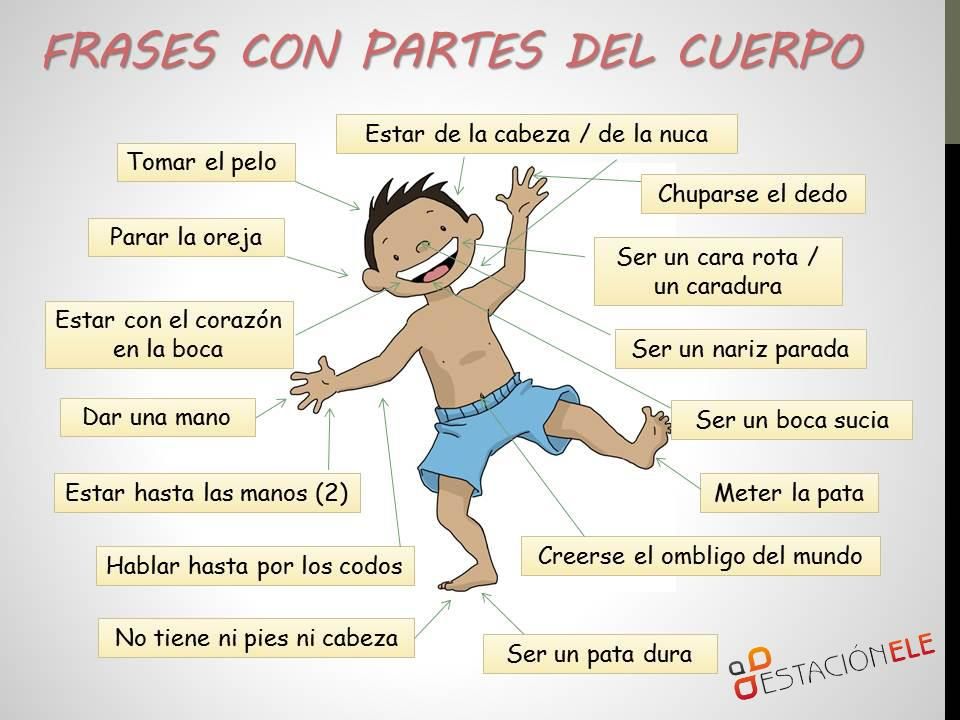
To form this tense, use the endings -ara, -iera or -ase, -iese in the first person singular. Other endings are listed below. Most often, the first two options are used, but all are acceptable. Note that in the first person plural the ending is stressed.
Imperfecto de Subjuntivo can be identified by the tenses of the main clause: Presente, Preterito Perfecto, Preterito Indefinido, Preterito Imperfecto, Preterito Pruscuamperfecto, Condicional Simple and Condicional Compuesto.
Use if:
– the actions that are described in the subordinate part are performed simultaneously, after or as a result of the action from the main part:
Si tuviera tiempo, iria a la playa – If I had time, I would go to the beach
No creia que Maria recibiera el visado de Estades Unideses – I didn’t think that Maria would get a visa to the USA
– the main sentence contains a reaction or expresses an attitude towards a past action.
Fue bueno que Maria y Pedro hicieran la el proyecto – It’s good that Maria and Pedro completed project
Es possible que Juan llegara ayer – Perhaps Juan arrived yesterday
– the sentence expresses advice, request or warning:
Medico recomendo que mi madre tomara pastillos nuevos – Doctor advised mom to take new pills
Yo queria que trabajaras mas – I would like you to work more
– after the expression como si:
Mi hermano vive como si estuviera muy rico – My brother lives like he is very rich
Se comporto como si estuviera el jefe – He acted like he was the boss
Pluscuamperfecto de Subjuntivo
This tense is the past tense and is used in the subordinate part of the sentence if you need to talk about actions that ended before a certain point.
Or those that could have happened if the circumstances were different.

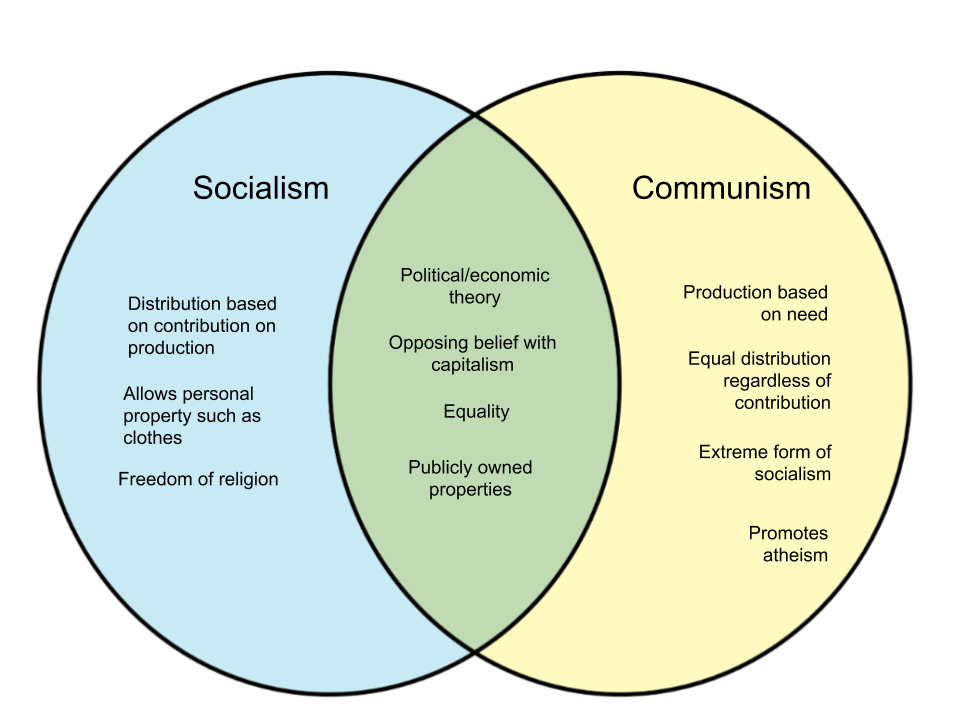 ru”
ru”
